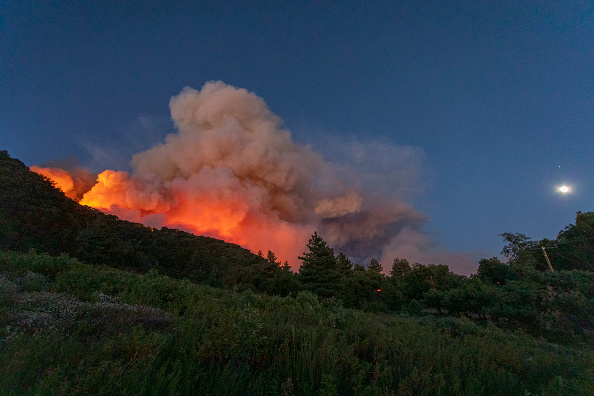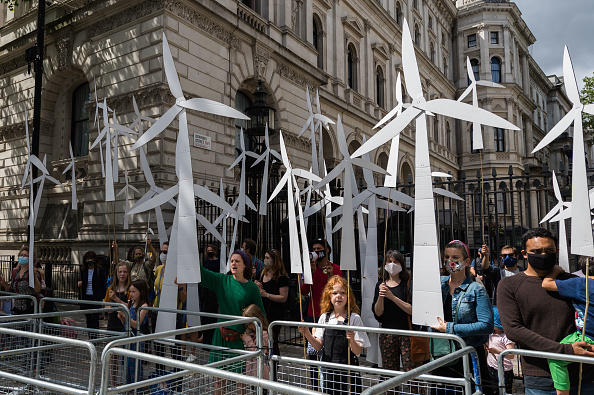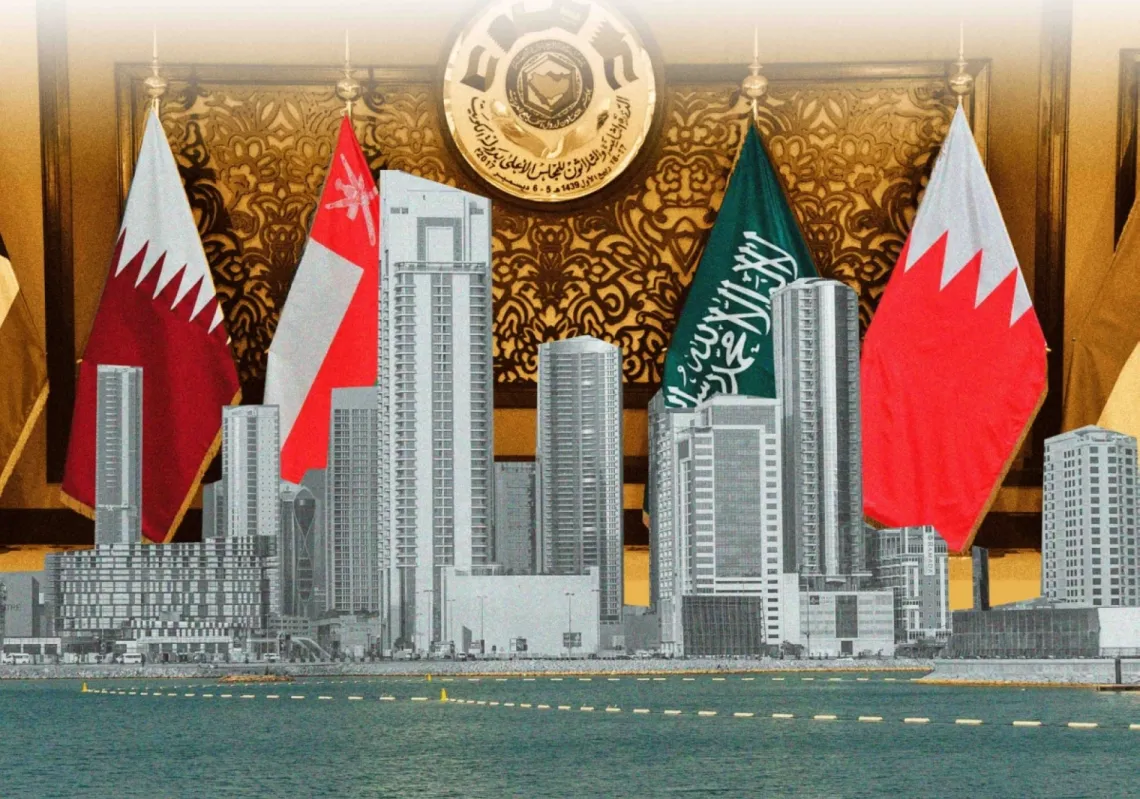Such events are early harbingers of a global phenomenon: climate change is scrambling the habitability of the planet, and neither governments nor international organizations are meeting the needs of those displaced as a result. Already, more people live outside of their countries of birth than ever before, and according to the UN's International Organization for Migration, as many as 200 million people might need to leave their homes for climate-related reasons by 2050.
Despite these projections, no legal framework exists to help such migrants relocate, let alone to protect them in their most vulnerable moments. Instead, governments worldwide have neglected and exploited this new class of "climate displaced"-exposing them to both climate shocks and the abuse that often follows. Governments and international organizations can pursue a better course by enabling vulnerable populations to migrate before and after disaster strikes. The benefits of such a policy far outweigh the short-term costs.

PARADISE LOST
If any region has become synonymous with the ravages of climate change, it is the Caribbean. In island nations such as the Bahamas, 80 percent of the land lies no more than three feet above sea level. Even before global temperatures started to spike, ferocious hurricanes regularly swept away lives and livelihoods on a devastating scale. Now, rising seas and more extreme storms render residents three times as likely to be displaced by climate disasters as people living elsewhere. In spite of these risks, protections for the rights of the climate displaced are scant.
In January 2020, I visited the Bahamas, where a natural disaster had dovetailed with long-standing patterns of political persecution to accelerate what human rights activists called a de facto campaign of ethnic cleansing. Hurricane Dorian had slammed into the northernmost islands of the Bahamian archipelago in September 2019, killing as many as 2,000 people, according to an estimate by the University of Florida global health expert Vincent DeGennaro, Jr. The majority of the dead, DeGennaro and other aid workers suspect, were migrants from Haiti and their descendants, many of whom lived in sprawling, low-lying shantytowns on the northern Bahamian island of Abaco.
After the storm, officials encouraged Bahamian citizens and Western property owners to rebuild their homes and businesses. But rather than helping Haitian survivors to do the same, political leaders threatened them with deportation and invalidated their work permits if they had lost their jobs. Immigration officials seized some Haitian survivors mere feet from their shelters and in nighttime raids ransacked the flimsy tents in which many had taken refuge, deporting hundreds to crisis-wracked Haiti.
Many Haitians who may have wanted to flee the Bahamas would have found it nearly impossible. The United States, for instance, refused to confer temporary protected status on Bahamian hurricane survivors. The stance was consistent with past U.S. policy, as well as with that of numerous Caribbean nations: Washington has rejected migrants from Haiti for years, in some cases preempting their asylum claims by intercepting them at sea and deporting them back to Haiti. The Dominican Republic stripped the children of Haitian migrants of birthright citizenship in 2013. Turks and Caicos tried to block them from obtaining legal residency, and Brazil nearly closed its border with Peru to repel Haitian migrants.
By the time I visited Abaco, many Haitians had gone into hiding amid the debris of the ravaged island. Workers from aid groups told me that some Haitians had refused their help in rebuilding for fear of attracting government attention and raids. The leader of one nongovernmental organization (NGO) told me that groups and governments in the region habitually used natural disasters as an excuse for persecuting whole populations. "It has always happened in the past, but the brazenness about it! The openness about it!" she said. And yet many Caribbean-based NGO workers did not feel that they could risk speaking out. "The minute we say anything," the NGO leader told me, "the government will kick us out."
On the northern end of Abaco, some Haitians rode out the storm in a church and had lived there ever since, in donated tents along the building's narrow grassy perimeter. The inside of the church was neat and spare, empty save for a few folding chairs and a handful of velvet-upholstered wooden pews arranged in haphazard rows on the stained concrete floor. A few strings of Christmas lights had been slung over the thick wooden rafters upon which locals had perched for days to escape Dorian's floodwaters.
A man quietly strummed a guitar in a corner of the church while a survivor named Phyllis Pierre spoke to me. Pierre had come from Haiti 30 years earlier. She worked as a maid at a private home in the swanky neighborhood of Treasure Cay, and before the storm, she'd lived with her son and grandsons in a four-bedroom house she'd built herself. A few days before we met, her cousin had called her while she was at work helping to clean her employer's storm-damaged home. Pierre's house, along with a nearby Haitian shantytown, had been bulldozed by government contractors, her cousin told her. All she was able to recover was her sodden mattress.
I walked with her to the site of her former home, now a bare patch of land littered with messy piles of unidentifiable debris. A yellow bulldozer was parked nearby. As we loitered, Pierre picked up a cleaning utensil from the ruins, miraculously intact. "My mop!" she exclaimed. Its familiarity momentarily brightened her drawn expression. But there was no floor for it to clean, no closet for it to be tucked into. She held the mop in her hand for a moment, then propped it up against a scruffy bush baking in the Caribbean sun and walked away.

A GLOBAL PROBLEM
Climate disasters such as Hurricane Dorian will become more common as the climate continues to shift, but the consequences do not need to be as catastrophic as they have been for the Haitian community in the Bahamas. Rather than hardening borders and trapping people in countries that violate their human rights, governments and international institutions can facilitate the movement of vulnerable populations before disaster strikes. Climate scientists and migration experts widely agree that the long-term benefits to both the receiving and the originating countries offset the short-term costs of such migrations. Indeed, migrants bring cultural diversity and economic power to the nations they enter, while providing helpful remittances to those they leave behind.
Some proposed, though unsuccessful, amendments to international agreements have sought to address the coming waves of climate migration. The nonbinding 2018 Global Compact for Safe, Orderly and Regular Migration, for example, calls for humanitarian visas and temporary work permits for the climate displaced, as well as planned relocations and prohibitions on the forcible return of migrants to uninhabitable places. A proposed amendment to the Paris agreement called the "Climate Change Displacement Coordination Facility" recognizes the right of the climate displaced to move and resettle across borders and establishes a mechanism to facilitate treaties on where, when, and how such migration might flow.
In the immediate term, however, the countries with the greatest capacity to absorb climate-driven migrants have resisted efforts to protect or shelter the displaced. Last December, when international negotiators convened in Madrid to hammer out the unfinished details of the 2015 Paris agreement, including plans to compensate developing countries for the climate damage caused by gas-guzzling rich nations, the United States employed "obfuscating and delaying tactics," as a Guinean diplomat put it, in order to continue to escape accountability. The meeting ended as inconclusively as others had before it.
The political stalemate over the costs of climate change and the problem of climate migration persist in large part because the populations most vulnerable to climate displacement are poor and the countries from which they flee carry little international clout. The governments of wealthy countries look upon climate migration not as a coming reality to be managed or a moral obligation to be met but as a political and economic burden. Such displacement, they figure, is other countries' problem and not their own.
But this insular mindset will soon be put to the test. Wildfires already encroach on wealthy cities, and extreme storms threaten expensively developed coastlines. Climate displacement will soon affect the prosperous residents of powerful countries-and their opportunities for safe, legal, and dignified movement will hinge upon the success of international efforts such as the one in Madrid.
"It might be too late to avert a climate crisis," says the climate migration expert Jane McAdam, who directs the Kaldor Centre for International Refugee Law at the University of New South Wales. "But we can avert a displacement crisis if we start to act now." To do so will require casting climate migration in a new light: not as a burden to be repelled but as a shared global reality to collectively manage.
This article was originally published on ForeignAffairs.com.









